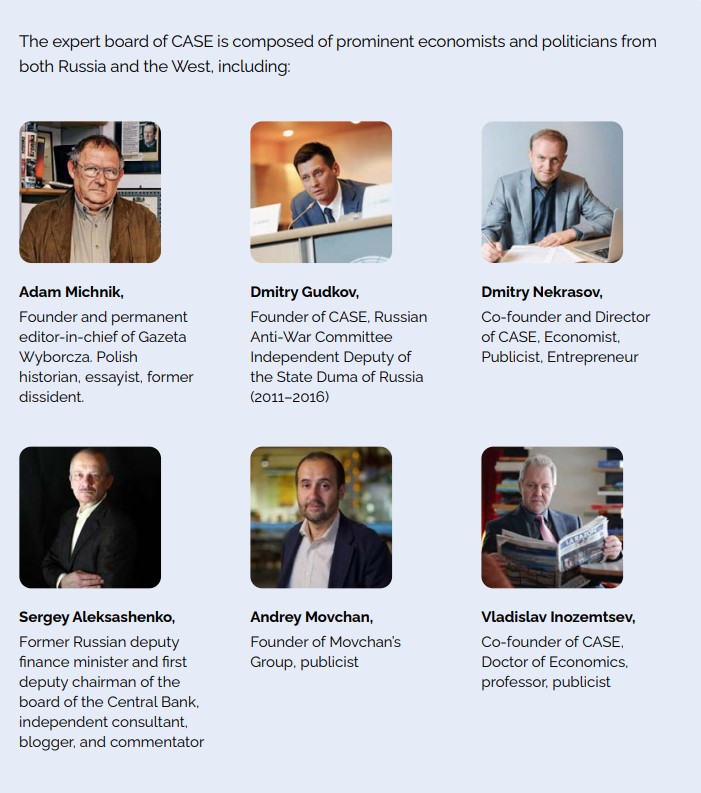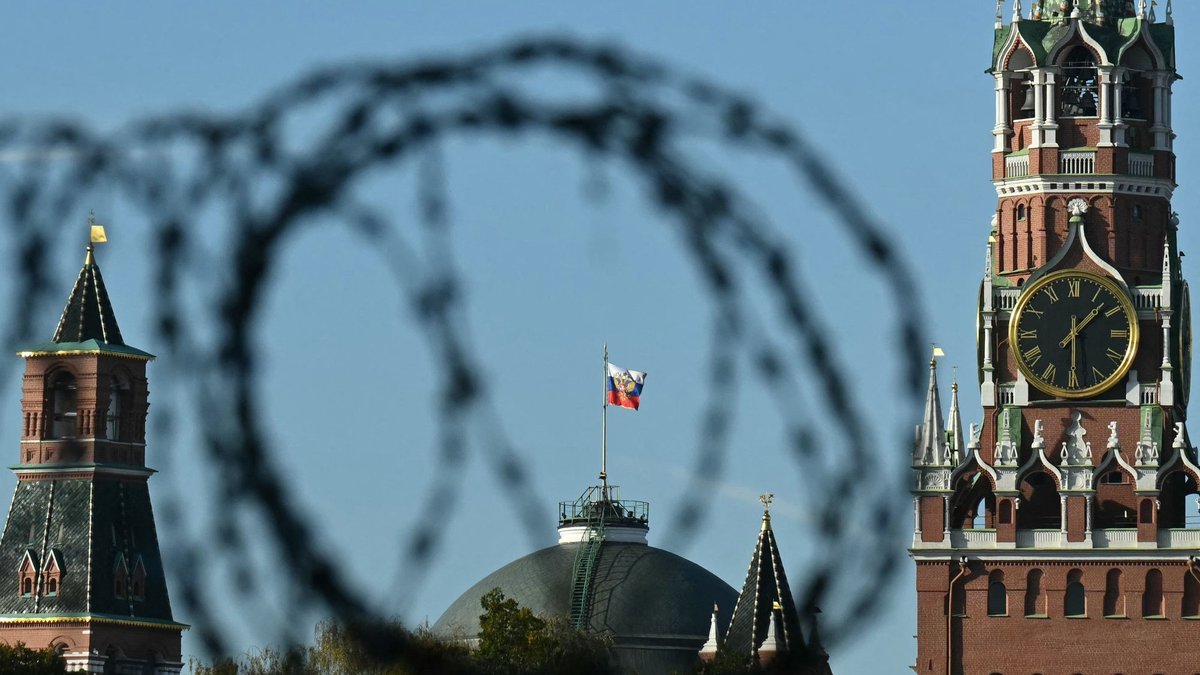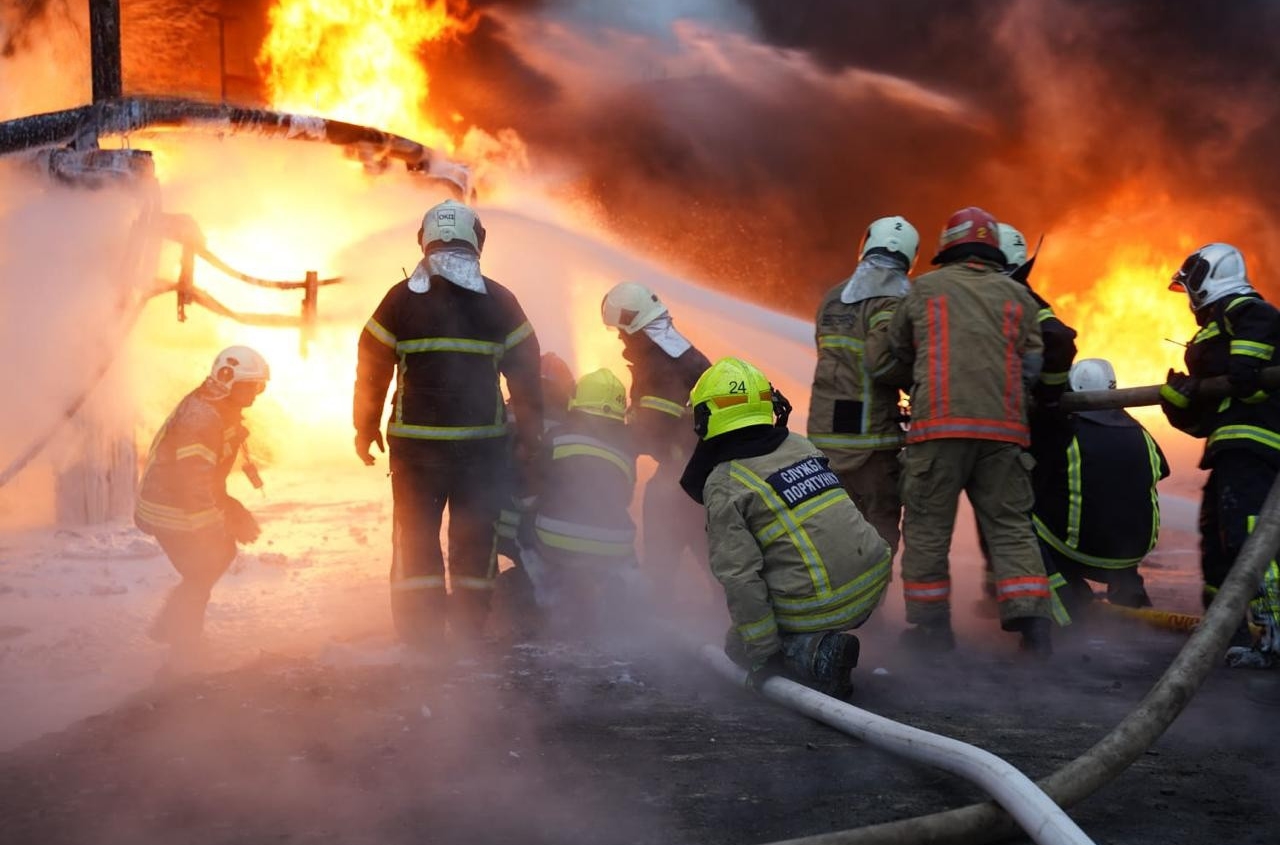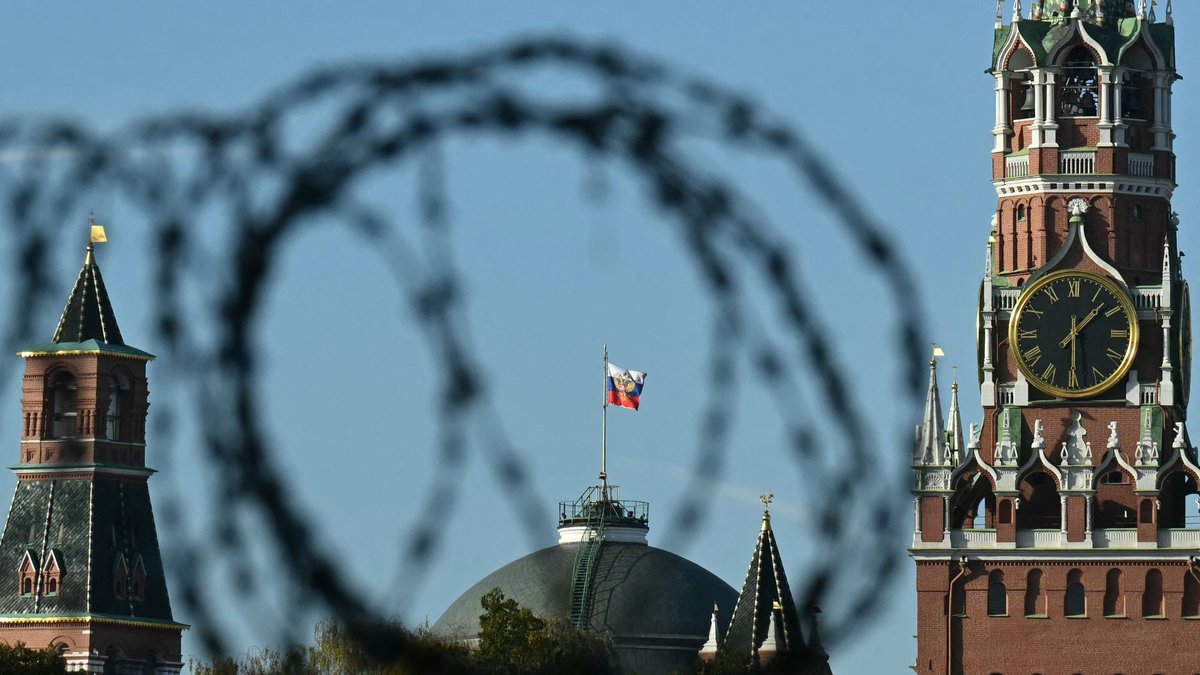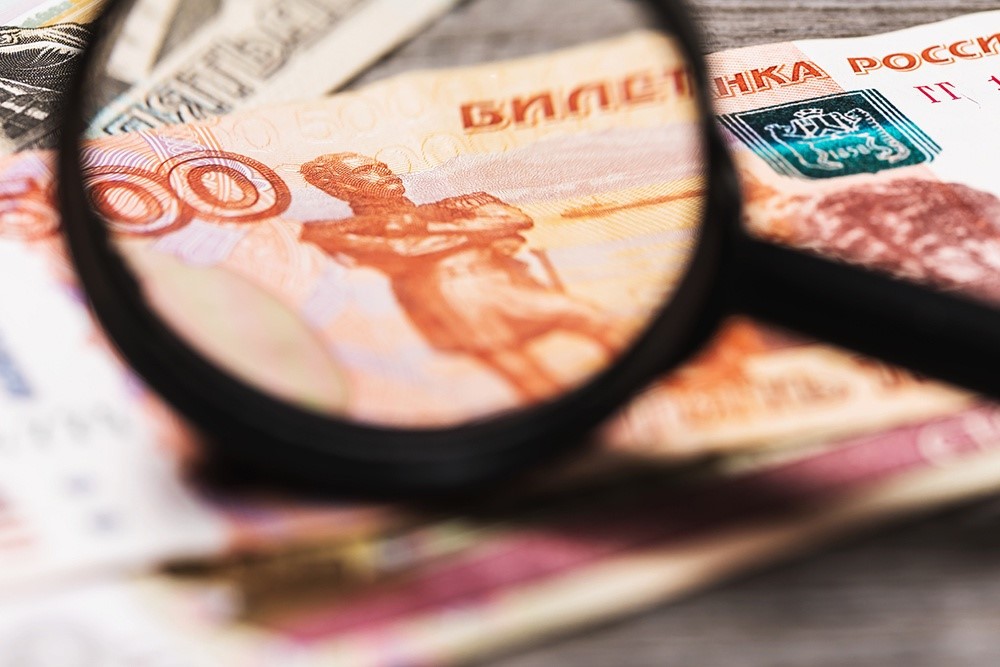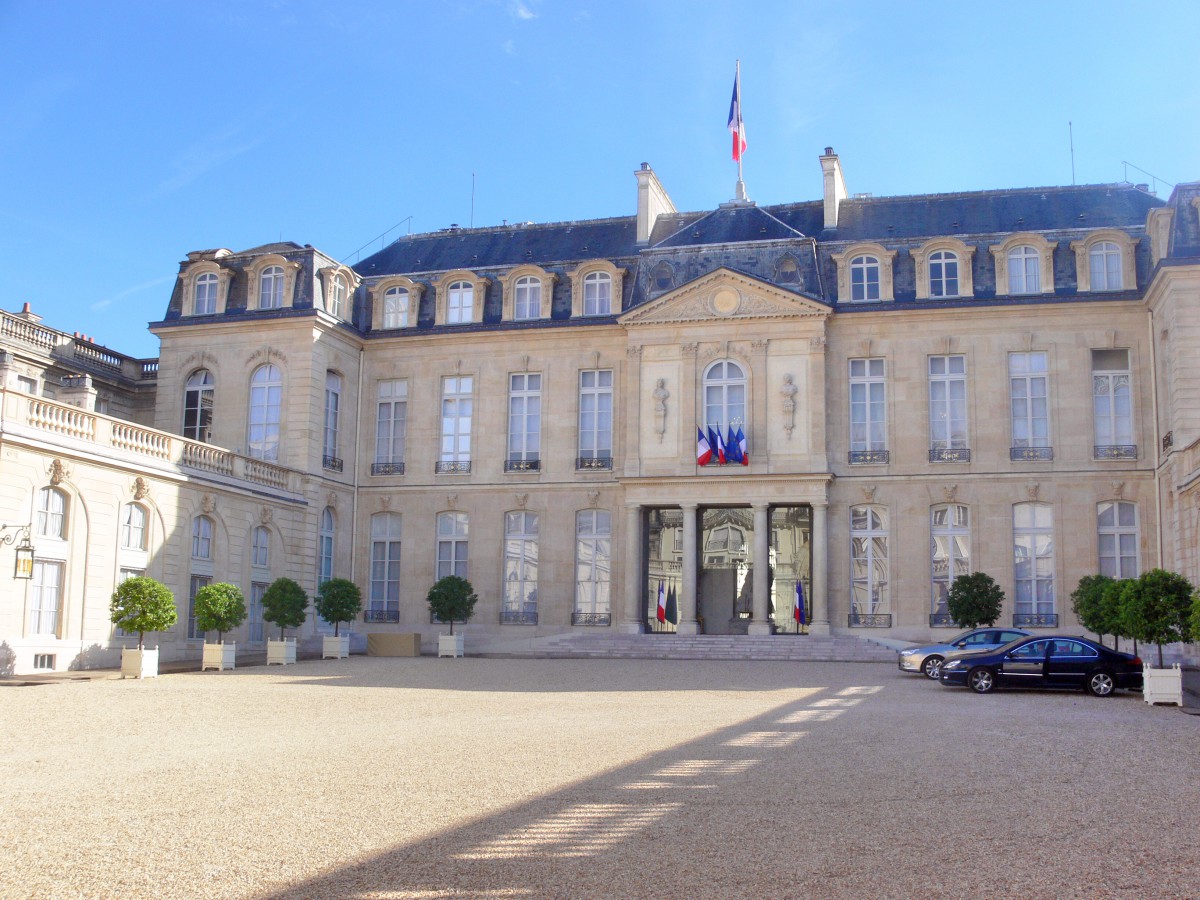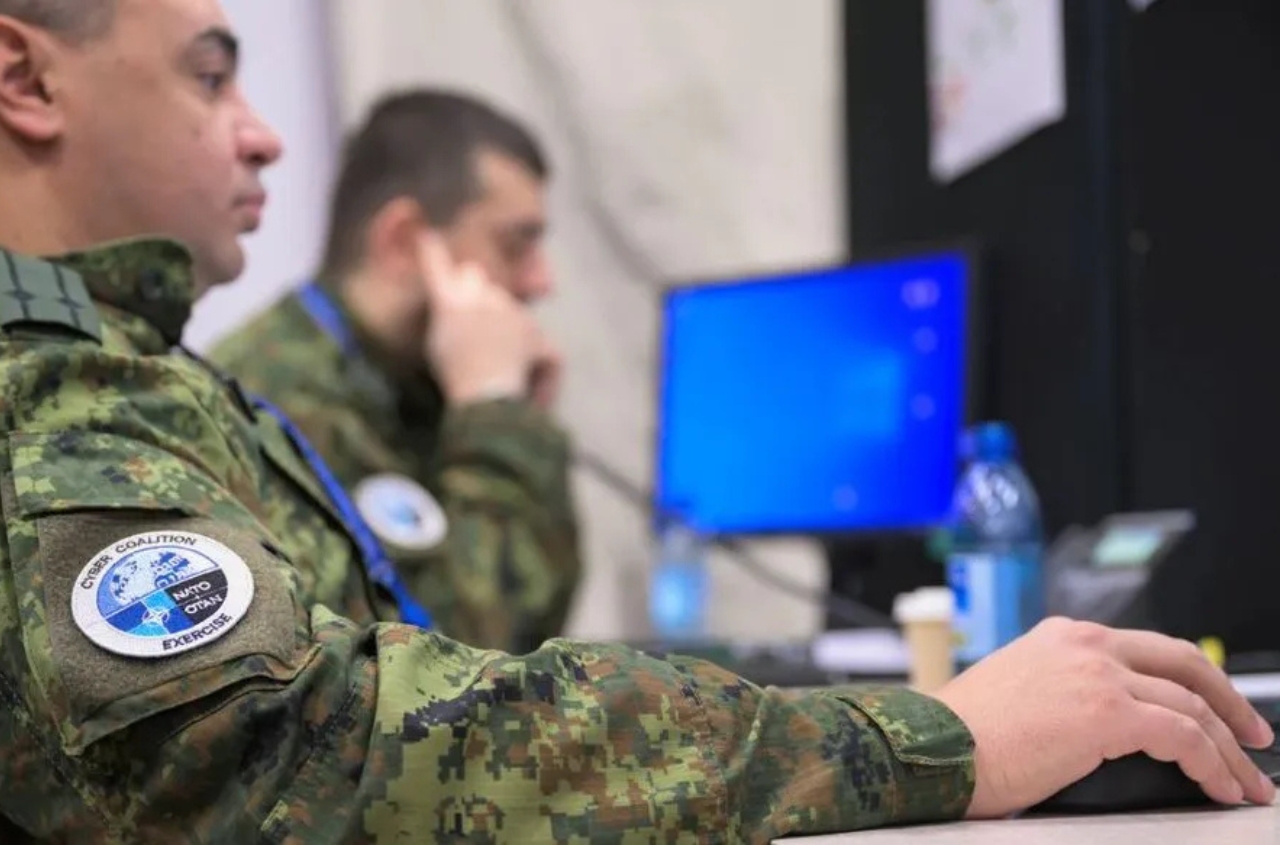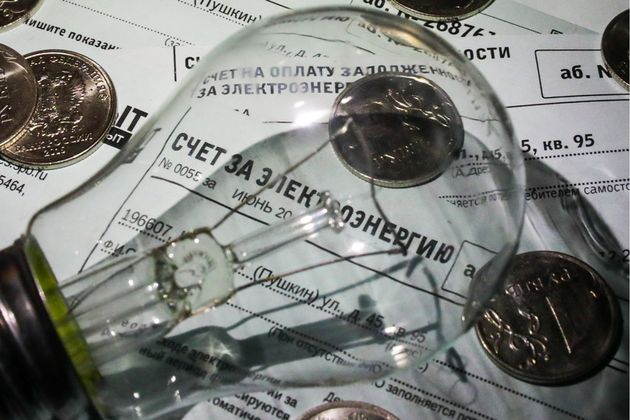Full report by the Centre for Analysis and Strategies in Europe (CASE)
Recent analysis of Russia’s economy highlights trends that are often either underestimated or overestimated in public and professional discourse. The focus is on the most likely, inertial scenarios rather than unpredictable or highly speculative developments. Current evidence suggests that the past three and a half years resemble a continuation of trends established since 2012 rather than a turning point leading to major economic change.
The massive fiscal stimulus deployed in 2023 and 2024—funded through accumulated reserves and ruble devaluation—did accelerate growth, but the return to restrained fiscal policies has reduced prospects for sustained expansion. Many significant processes, such as the decline of Western investment, the pivot to the East, and the consolidation of elites under state control, predate 2022. The war in Ukraine merely accelerated these trajectories.
Ideological constructs emphasizing confrontation with the West, import substitution, and the defense of the “Russian world” have reshaped the country, prioritizing political objectives over economic ones. A substantial portion of the population has come to accept this dominance of politics as the norm. Recognizing that stagnation and gradual declines in living standards fail to provoke major social or political unrest, the Kremlin has shifted priorities from economic growth to preserving the existing order and strengthening resilience.
The initial disruption caused by the war and sanctions has given way to a sense of relative stability. However, the temporary recovery driven by Keynesian-style measures is unlikely to persist. By 2025, the Russian economy has returned to stagnation, which could remain entrenched for years.
While nonlinear or unpredictable developments remain possible, the extrapolation of current trends suggests a narrow corridor for economic performance, constrained on both sides by internal and external factors. Although this “non-development” aligns with the values of a largely indoctrinated population, it carries considerable risk under present conditions.
The pivot to the East has drastically curtailed foreign direct investment and restricted the transfer of technology. China, as the main partner, focuses on resource extraction and infrastructure rather than advanced technologies. Against the backdrop of a global technological revolution unfolding in the United States and China, Russia faces a high likelihood of lagging behind in innovation.
If this gap widens, the stagnation could evolve into long-term backwardness reminiscent of the 1980s Soviet Union, a condition only partially mitigated by the dismantling of the planned economy and limited integration into Western production chains. This trajectory represents a real risk amid continued confrontation with the West.
The main potential threat to the stability of Putin’s economic regime remains the decisions of the leader himself. In a system where politics outweighs economic reasoning, miscalculations can quickly destabilize economic well-being. Other factors, including Western policy under current sanctions, are unlikely to have significant impact, unless extraordinary measures—such as a naval blockade or incentivizing capital flight—are employed.
The analysis shows that Russia’s capacity for adaptation to sanctions and short-term economic resilience does not constitute a foundation for long-term growth or technological modernization. While the economy has reduced exposure to some traditional risks, it has simultaneously increased vulnerability to other structural challenges. The mitigation of certain risks has come at the cost of sharply reduced long-term development prospects.
Rapid technological innovation—particularly in biotechnology, artificial intelligence, and robotics—remains the primary arena for global competition. The United States and China are leading this race, and Russia’s political isolation and restricted technological access leave it poorly positioned to participate meaningfully. Confrontation with the West has effectively limited Russia to a single technological channel through China, where integration primarily serves Beijing’s strategic and economic goals.
The country’s current trajectory indicates that the combination of political dominance over economic priorities, limited access to advanced technology, and reliance on China could cement a prolonged period of stagnation—or zastoy—lasting many years. Without participation in emerging global value chains, Russia risks falling behind in the next wave of technological and economic transformation, unable to benefit from innovations that will define the future.
Even under optimistic assumptions, rapid global technological breakthroughs would likely leave Russia on the periphery. In the absence of major external shocks or unpredictable internal shifts, the country faces a constrained economic path characterized by stagnation, limited growth, and increased vulnerability to technological marginalization.
